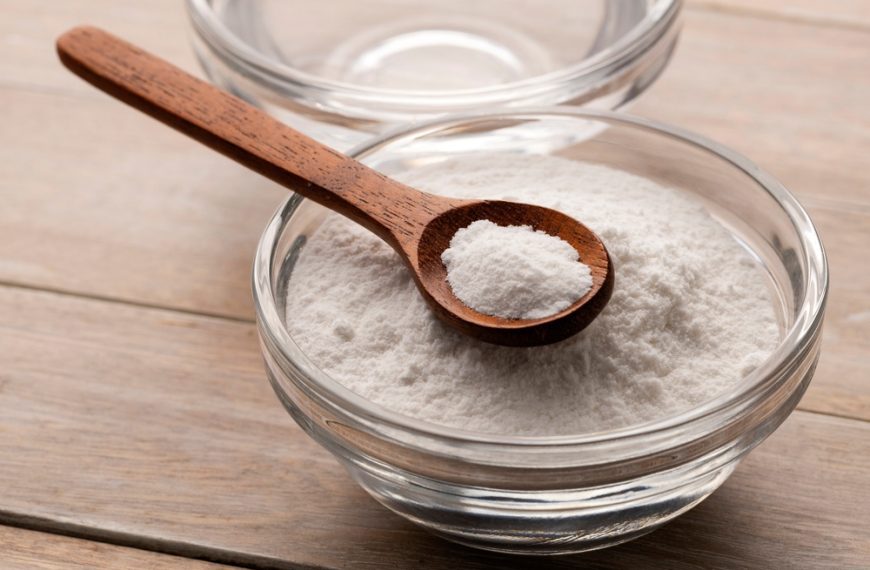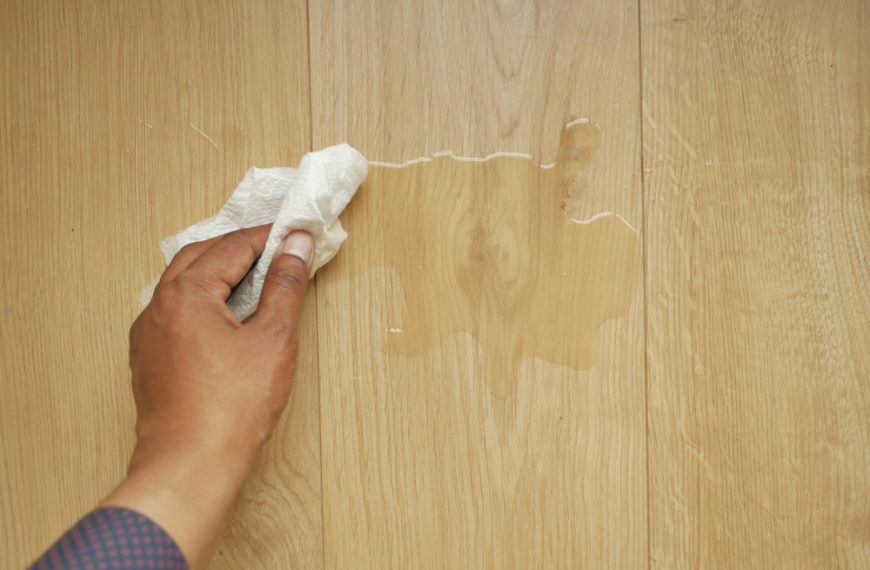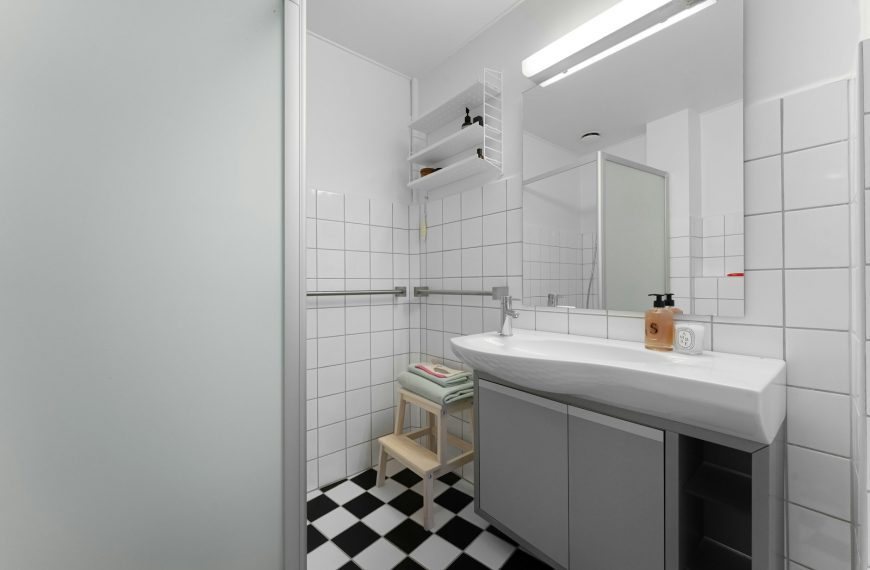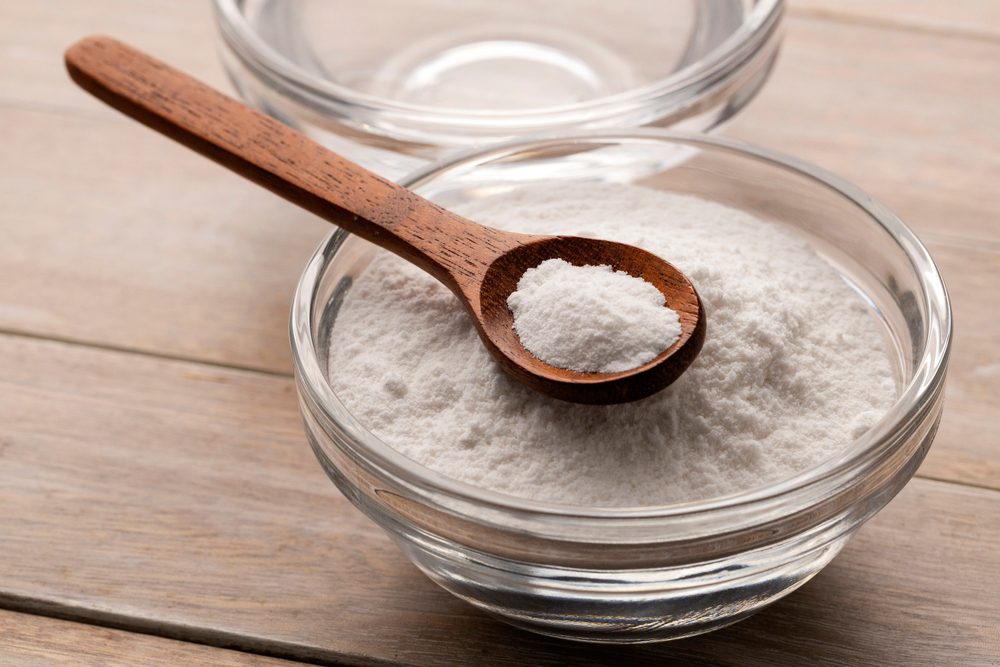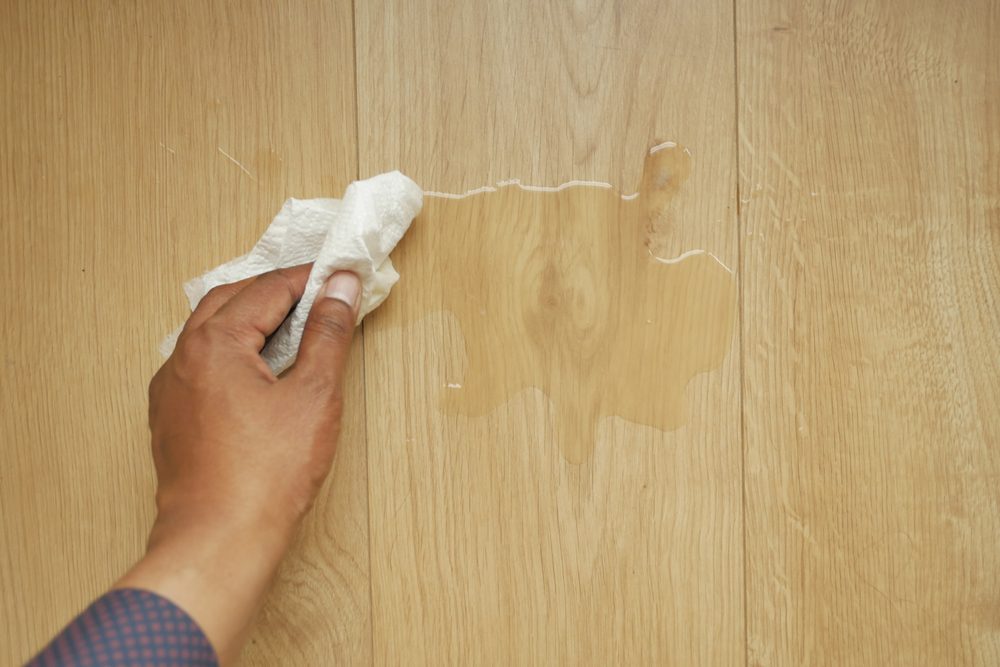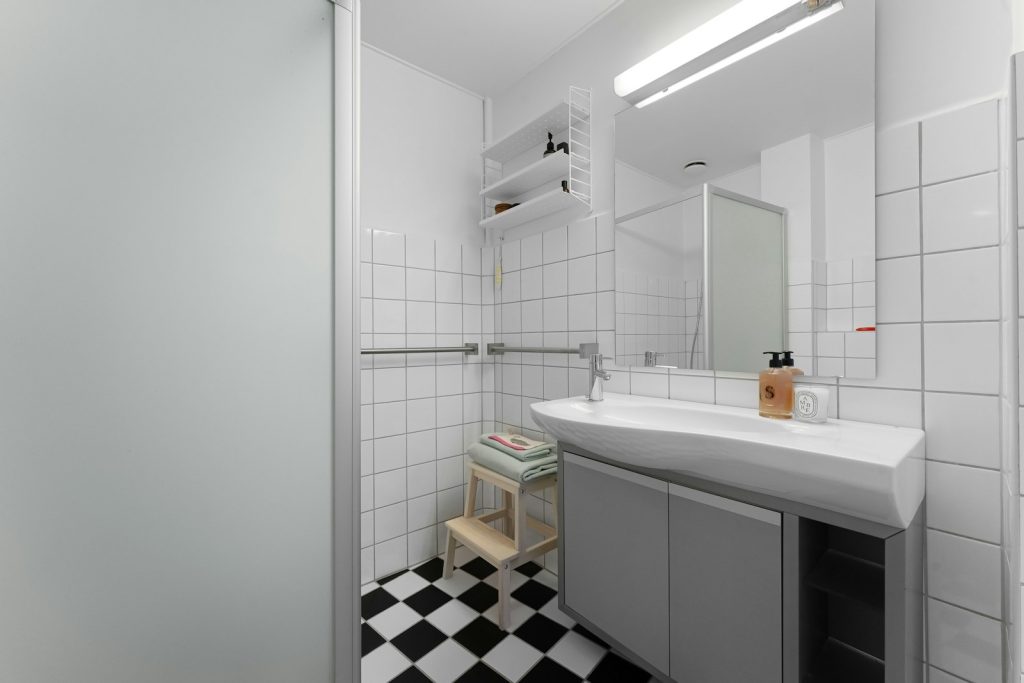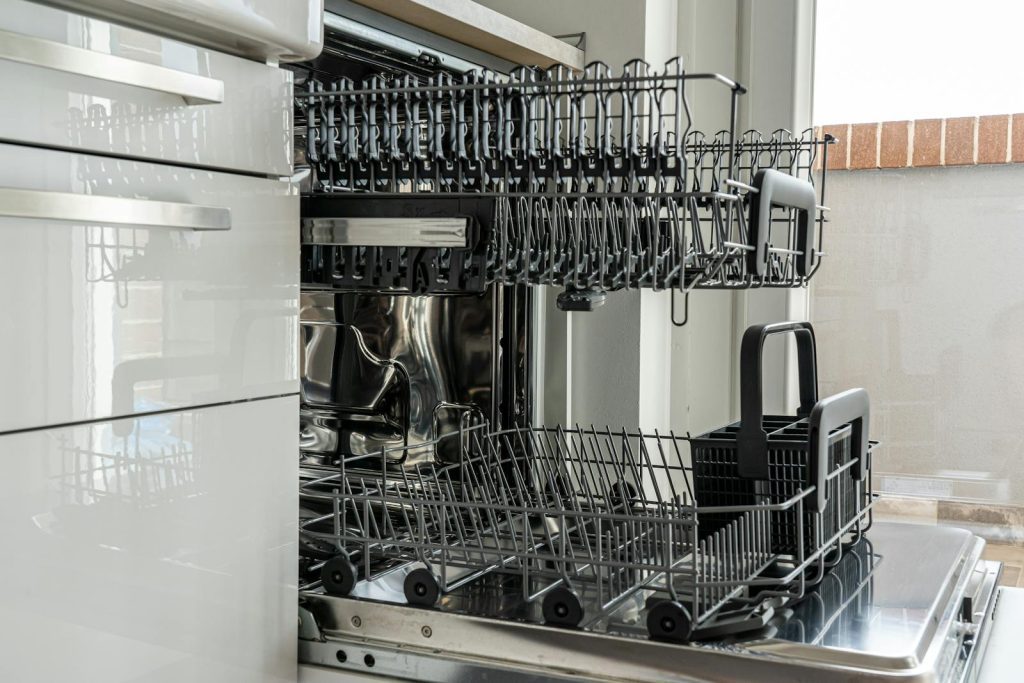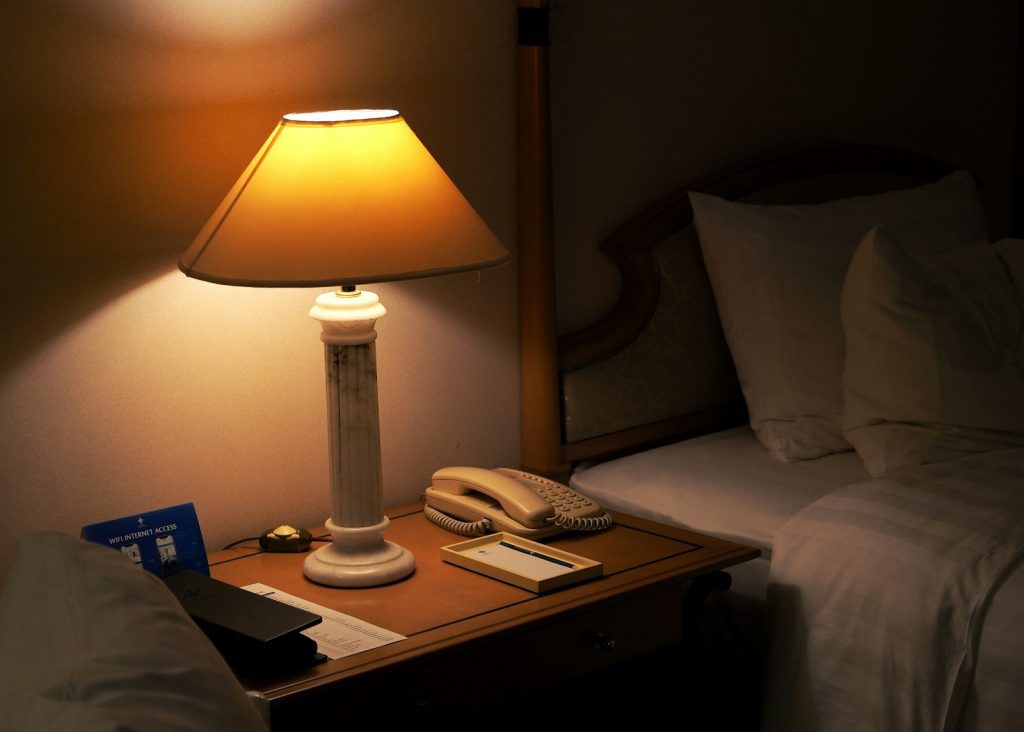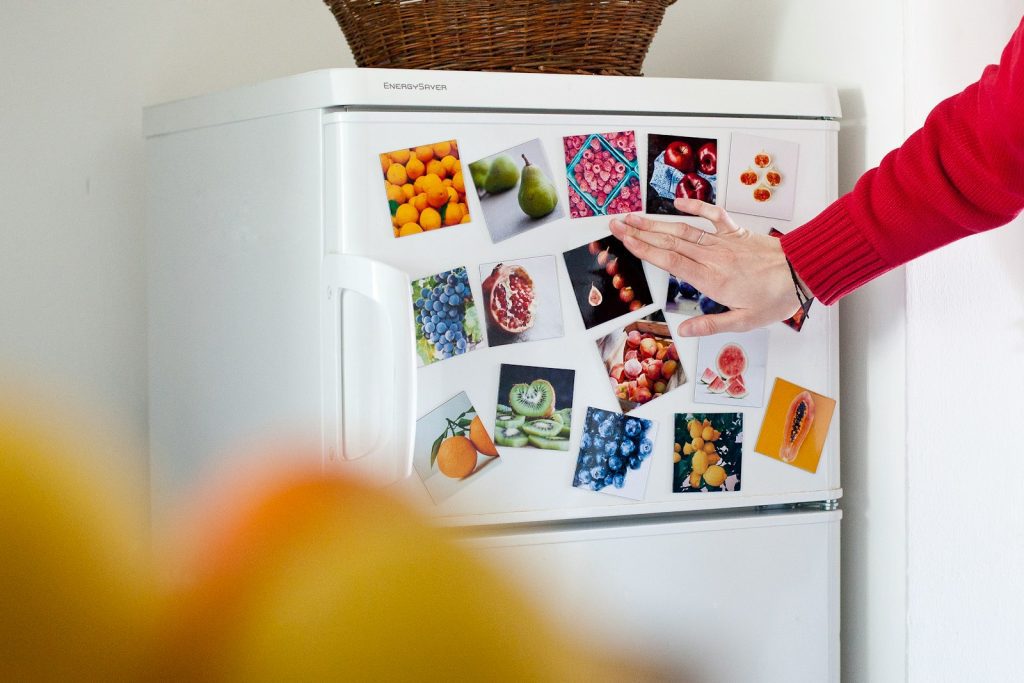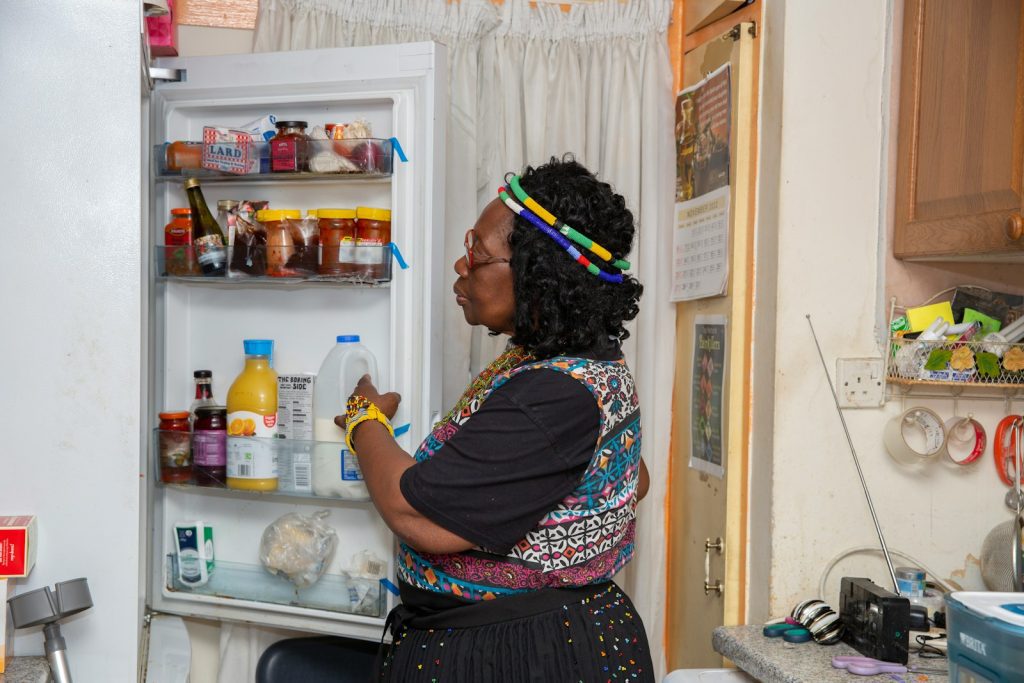That heavy old sewing machine collecting dust in the corner might be more than a forgotten heirloom—it could be worth real money. Antique sewing machines are highly sought after by collectors, quilters, and vintage décor lovers. Some rare models have sold for thousands of dollars, especially if they’re in working condition or have ornate detailing.
Let’s walk through the history of these mechanical marvels, what makes certain models valuable, and how to find out if Grandma’s sewing machine is a hidden gem.
What Is Considered an Antique Sewing Machine?

An antique sewing machine is typically one made before 1900, while machines made between 1900–1950 are often labeled “vintage.” Companies like Singer, Wheeler & Wilson, and White were major manufacturers during the sewing machine boom. Early machines often featured hand cranks or treadles (foot pedals) and cast iron construction with floral decals or gold filigree. Learn more at Collectors Weekly.
Why Grandma Never Got Rid of It

Sewing machines weren’t just tools—they were lifelines. Women sewed clothes, linens, and quilts to provide for their families, and machines were often bought with great sacrifice. Many were passed down, not just for their utility but for the memories they held. Even as electric models emerged, the old treadle machines often remained in the home, admired for their craftsmanship and sentiment.
What It’s Worth Today

Common vintage Singer machines may sell for $50–$200, but early models, rare serial numbers, or ornate detailing can boost value dramatically. A Singer Model 222K “Featherweight” in good condition can sell for $800–$1,500. Rare pre-1900 hand-crank or treadle machines with intact decals can reach $2,000 or more, especially with original parts and cabinets. Check eBay sold listings for examples.
Popular Models Collectors Love

- Singer Featherweight 221 & 222K: Lightweight, portable, and beloved by quilters—high resale value.
- Singer Model 66 “Red Eye”: Known for its vibrant red and gold decals and solid cast iron frame.
- Wheeler & Wilson No. 9: Early 1800s machine with distinctive curved styling—rare and valuable.
- White Rotary Machines: Sturdy, often ornate treadles with beautiful detailing.
- Hand-crank models (pre-1900): Simple and highly collectible, especially if operational.
How To Identify a Valuable Sewing Machine

Look for the brand and model number, usually on a plate or badge. Serial numbers can be used to date the machine—Singer has an online database for this. Original paint, intact decals, working mechanisms, and matching cabinets or tables all increase value. Machines that have not been repainted or altered are typically worth more to collectors.
Where To Find or Sell Antique Machines

Estate sales, barn auctions, and local antique shops often have vintage machines, sometimes for bargain prices. Online platforms like eBay and Etsy are strong resale options. If selling, provide photos of serial numbers, close-ups of the decals, and notes about the condition. Facebook groups for quilters and sewing enthusiasts are also good resale communities.
Caring for Your Antique Sewing Machine

Dust regularly with a soft cloth and keep it away from moisture. If using, apply a few drops of sewing machine oil to moving parts—never WD-40. Store in a dry place and avoid direct sunlight. Don’t repaint or refinish unless you know what you’re doing—original finishes matter to collectors.
Should You Sell or Keep It?

If you’re not attached and it’s a rare model in good condition, now is a great time to sell. However, these machines also make striking home decor and functional tools. If it’s been in the family, consider displaying it proudly or restoring it to working condition—it could be both beautiful and useful.
The Future of Sewing Machine Collecting

As more people turn to sustainable fashion, mending, and slow hobbies like quilting, interest in vintage sewing machines is increasing. With fewer well-preserved models available, rare and functional antiques are likely to rise in value. Collectors especially appreciate machines that blend engineering with artistry.
Your great-grandmother’s sewing machine wasn’t just a piece of furniture—it was a cornerstone of home life. Whether you sell it, use it, or simply preserve it, these antique tools tell stories of resilience, resourcefulness, and craftsmanship. And in today’s world, that kind of legacy is worth more than ever.


